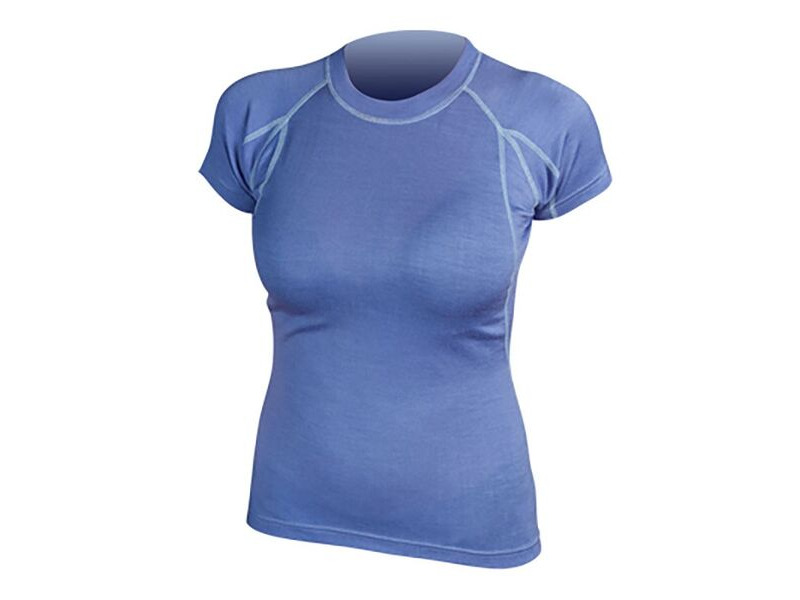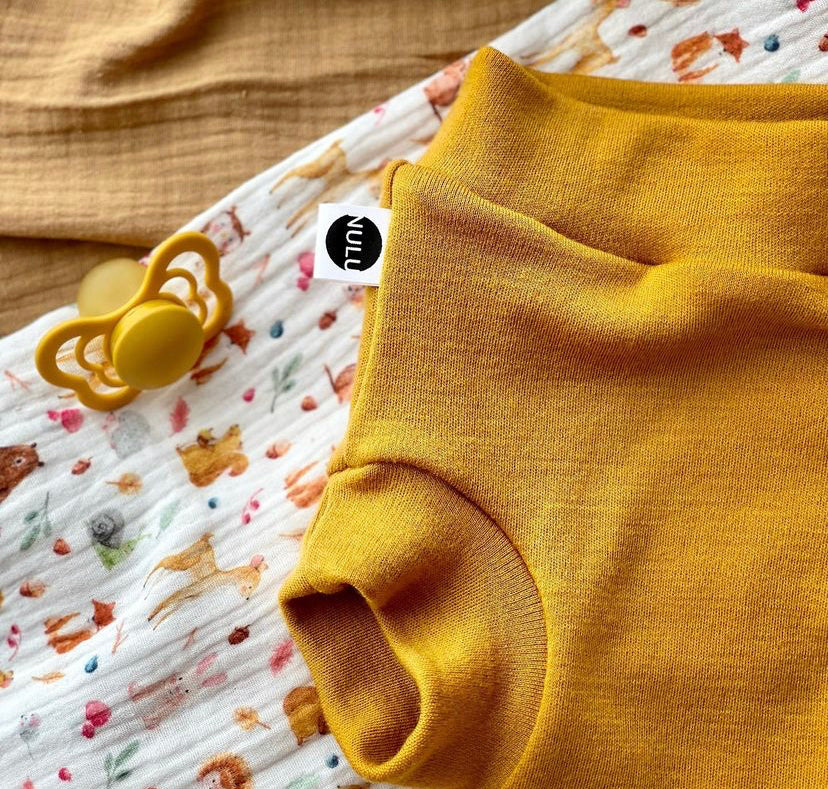Recommended Merino Wool Base Layer Info
Wiki Article
What Makes Yak Wool Merino So Popular As A Base Layer In Winter Sports Clothes?
The combination of merino and Yak wool characteristics creates a base layer that is very efficient for winter sports clothing. Its hollow fibers are excellent insulation because they hold in air. Merino and the fabric's superior insulation capabilities it offers superior warmth and comfort even in cold temperatures.
Merino has moisture management properties. Merino can absorb and release moisture, keeping the wearer dry. Yak wool is a great complement to this, also having moisture-wicking abilities. This combo helps regulate body temperature by keeping moisture away from the skin during vigorous physical activities in cold weather.
Softness and ComfortThe soft and comfortable Merino wool is renowned for its softness and fine fibers which are less likely to cause irritation on the skin. When mixed with yak wool, that also has soft and silky fibers, the resulting fabric feels comfortable against the skin.
Odor Resistant- Both merino wool and yak wool possess natural antimicrobial properties that to stop the growth of bacteria that cause odor. This helps keep the clothes fresher for longer periods even after prolonged use.
Durability- Yak wool is naturally durable, and when combined with the strength of merino wool, it makes a fabric that can stand up to wear and tear that is associated in outdoor sports and activities.
Temperature Regulation Yak merino's base layer regulates the body's temperature, keeping your body warm during cold temperatures. They also have breathable properties to prevent you from overheating while engaging in intense sports.
Merino and yak are both renewable, and biodegradable fibers. They can be used to make sustainable winter sportswear that is eco-friendly.
This combination of attributes makes yak merino wool base layers highly efficient for winter sports apparel, giving warmth, comfort, water management and a long-lasting durability for outdoor activities in cold climates. Follow the top her latest blog for merino wool base layer for website advice including merino wool leggings mens, wool long underwear, smartwool 250 base layer, long john merino, smartwool base layer, merino thermals, best merino wool base layer, smartwool quarter zip, smartwool merino 250 base layer, merino wool base layer pant and more.

What Are The Advantages From Bamboo Clothes?
Thermal RegulationBamboo clothing comes with many advantages, including protection from UV rays, biodegradability, as well as environmental impacts.
Insulation- Bamboo fabric offers warmth in colder weather, while being cool and breathable. It regulates body temperature by holding heat when temperatures are cooler and allows for airflow to prevent overheating while exercising.
UV Protection
UV Resistant- The bamboo fabric provides natural protection from harmful UV radiation. It can block an extensive portion of UV radiations from the sun. This gives you an additional layer of protection while wearing it outside.
Biodegradability-
The bamboo clothes are environmentally friendly. They are biodegradable. They break down naturally and do not pollute the environment. This reduces waste, and the impact on the environment of clothes that are being discarded.
Environmental Impact-
Sustainability - Bamboo as a primary material is highly durable. It is fast-growing and abundant with no need for pesticides, chemical fertilizers or other chemical. The impact on the environment is minimized. It is a renewable resource due to of its rapid growth.
Bamboo has a lower water requirement when compared to cotton and other crops. It is therefore more efficient in terms of water use. This helps in conservation efforts and reduces the stress on water resources.
Soil Conservation
Soil health - Bamboo cultivation does not usually reduce soil nutrients or require extensive irrigation. This leads to healthier soil conditions.
Carbon Sequestration
Bamboo's carbon absorption capacity is high. Bamboo plants can absorb more CO2 than other species and release more oxygen in the air. This attribute aids efforts to fight climate change through reducing carbon emissions.
Bamboo clothing is a fantastic choice for those who want to dress in clothes that are practical and sustainable. These attributes are in line with environmentally-conscious practices and offer benefits to both the wearer and the environment. Read the top rated bamboo clothing recommendations for blog tips including bamboo pants for women, bamboo onesies, bamboo jacket, bamboo clothing brand, preemie bamboo pajamas, bamboo t shirts ladies, bamboo sweater, bamboo mens shirts, bamboo maternity, bamboo clothing leggings and more.

What Is The Way That Bamboo And Merino Garments Compare To Regular Wool?
Merino layers as well as regular wool and bamboo clothing are different in their features.
Merino Wool is soft and comfortable to the skin. It's less likely to cause itching and irritation than wool that is traditionally sourced from sheep.
Merino has excellent moisture-wicking qualities. It draws moisture away from your skin and allows it to evaporate leaving you feeling dry and comfortable.
Merino is an organic insulation that gives extraordinary warmth even when wet. It regulates body's temperature, and acts as an insulation in cold weather.
Odor resistance- It stops the development of odor-causing bacteria and keeps garments fresh, even after being worn for prolonged periods.
Bamboo Clothing
The softness. Bamboo clothes are frequently similar in texture to silk and cashmere. It's soft to the skin and offers the ultimate luxury.
Bamboo fabric wicks away moisture and draws moisture from the skin to keep the wearer dry.
Temperature Regulation- Bamboo clothing has natural temperature-regulating abilities, offering warmth in winter and breathability to prevent overheating.
Sustainable Bamboo- Bamboo has an abundance of sustainable resources. It is fast growing and doesn't require pesticides and fertilizers. It's biodegradable with a low environmental impact.
Wool Regular
Texture. The typical wool texture can vary. Certain types of uncomfortable or itchy textures are more rough.
Warmth- Regular wool offers an excellent insulation and warmth but it can also feel bulky or heavy.
Moisture Absorption - Wool can absorb moisture, making it less effective in wicking away moisture compared to merino wool or bamboo fabric. It retains warmth even in damp conditions.
The benefits of merino are the softness, moisture-wicking capacity, resistance to odor, and insulation. Bamboo clothing is supple and has the ability to wick moisture away. It also regulates temperature and is green. Wool comes in a variety of textures and does not always provide the same softness or water-wicking capabilities as bamboo and merino, yet it provides warmth and insulation. Each material has its unique benefits, catering to different needs and preferences for winter clothes. View the recommended bamboo winter clothing hints for site examples including smartwool merino 250, heavyweight merino wool base layer, merino wool thermal underwear, womens icebreaker base layer, wool layers, best thermals for skiing, best baselayers for skiing, ski base layer pants, 100 merino wool base layer, snow base layers and more.
